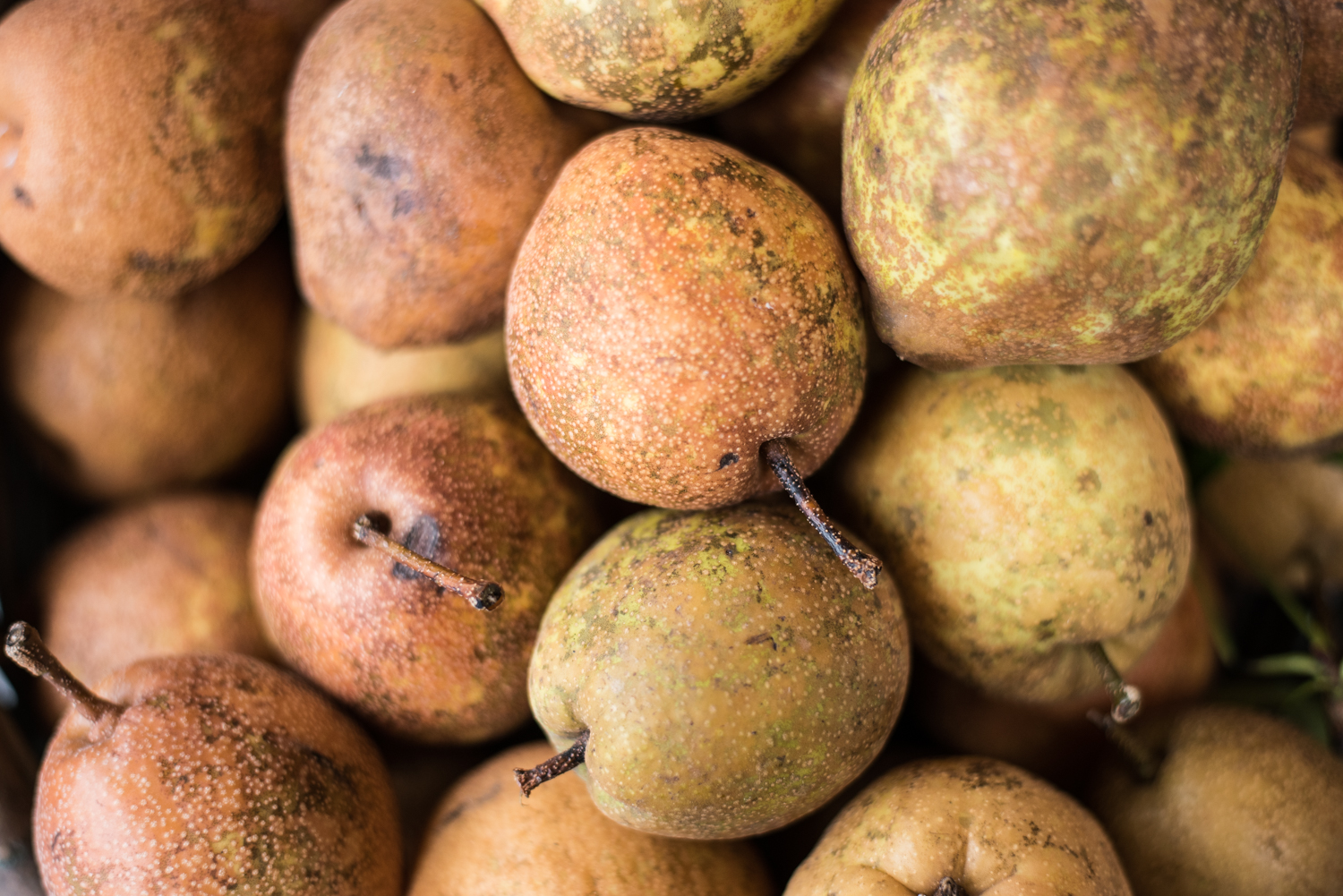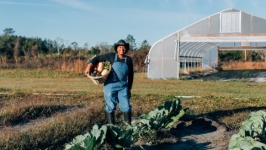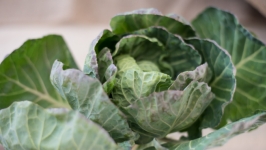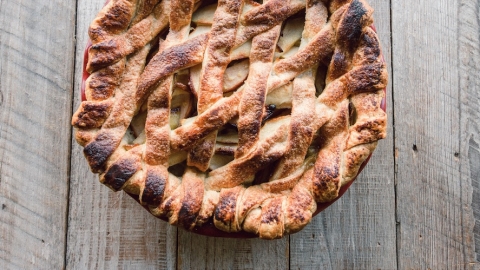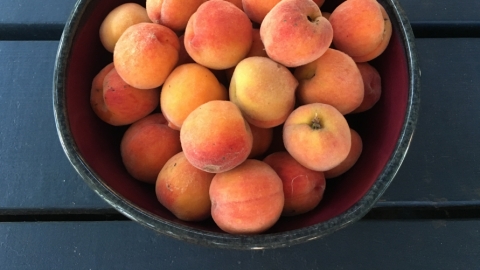Sand Pears
On your next trip to the farmers’ market, play a little game and see what new produce or other tasty treats you can discover. Recently I sampled a giant, juicy sand pear for the first time, and my first thought was, how could I have missed these before now?
This locally grown fruit is in the Oriental pear classification and is also known as Asian, Chinese and Japanese. The sand pear is the result of grafting European pears (which need more cold weather than we have in Northeast Florida) and Asian varieties onto native stock. The result is a variety that is easy to grow, can handle our local climate and still bear edible fruit. The beautiful white blossoms in the spring are an added incentive to grow this tree in your landscape.
Sand pears ripen on the tree, or fall off when ready, and are delicious fresh. Unlike Bartletts, these pears are eaten when crispy and most people peel the skin since it is a bit tough. The fruit itself is sweet and juicy, with a crunchy, gritty (sandy) texture. Add them to a cheese plate or an afternoon snack with nut butter and raisins. If you have an abundance of fruit or want to try preserving some for later on, these pears are perfect for canning or drying. You might even try making a shrub as a way to enjoy this local fruit long after the season is over.


